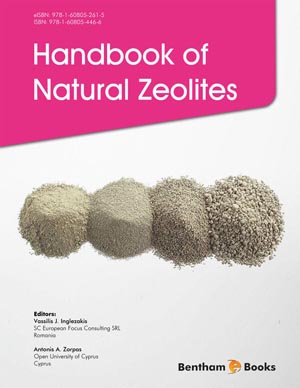Abstract
Colored products are more attractive and increase the marketing value. Natural and synthetic dyes are used for many centuries for coloring. Synthetic dyes are preferred mostly due to their high stability and cost effectiveness. The food products and textile fabrics which are coloured by synthetic dyes cause severe health issues to human beings. The synthetic dyes are cleaved into aromatic or aryl amines during reductive reactions that cause carcinogenic and mutagenic effects. Children are severely affected due to the consumption of artificial colours in food and may get ADHD (Attention Deficit Hyperactivity Disorder). The European Commission (EU) prohibits the marketing of products that contain the restricted azo dyes which have longer contact with the skin. The synthetic dyes with improper fixing are discharged into the environment along with effluent, causing biomagnification problems. They also affect the terrestrial and aquatic systems and cause severe pollution to the environment. This study deals with the various types of textile and food dyes, their impacts on health and environment and the effective treatment methods for the removal of dyes from the industrial effluent.
Keywords: Azo dyes, Biosorption, Biodegradation, Carcinogenic, Food Colourants, Synthetic Dyes.












